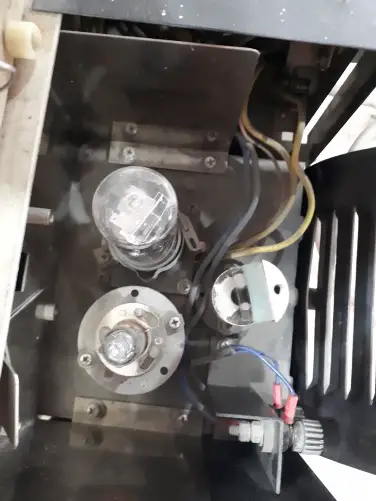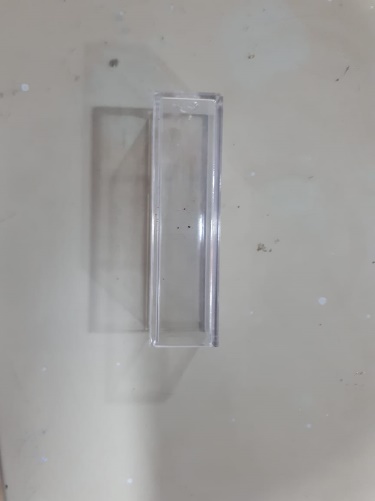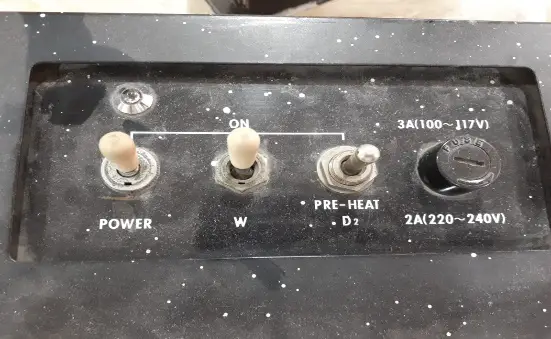Spectrophotometer
It an instrument which is used to measure optical density (O.D), concentration by using light, to determine conc. of solute in a solution
Spectron splits the light into different wavelengths.
On basis of conc. And path length light is absorbed.
Principle
Its principle is based on Beer and Lambert Law which is followings;
Absorbance is directly proportional to the conc.
Or
Absorbance is directly proportional to the path length
Higher the conc. Of solute the higher the absorbance is and increases the path length.
Apparatus
On spectrophotometer 30-mints before use.

It has the following parts;
- Polychromatic light of different wavelengths
- Slits
- Dispersion plate
- Absorber
- Transmitter
- Photodetector
- Tungsten halogen bulb (provide visible light 450-750nm)

- Xenon flash lamp (UV + visible light can be adjusted)
- The bulb is monochromatic it converts light to a single wavelength
- The cuvette (plastic, glass, quartz)

- Calorimeter (read colored reaction and light does not convert to single wavelength)
- Blank (the medium in which solute is dissolved)
- Power switch


- Controls (absorbance, concentration)

Uses
It is used for;
Determination of conc. Of solute and microbial cells.
Identification of organic compound (absorption spectrum) absorbance is different at a different wavelength.
Λ max.is the wavelength at which absorbance is maximum
For bacterial cell it is 600-620nm
For proteins it is 540nm
For DNA it is 260-280nm and we use UV light for visualization of DNA (hydrogen bulb)
It is different for every compound as the structure of every compound is different.
Types
It has two types
- Double beam spectrophotometer
- Single beam spectrophotometer
Double Beam Spectrophotometer
In this light passes through two holes and we can place blank and sample at the same time and take readings.
You may also want to read about the micropipettes

Your article helped me a lot, is there any more related content? Thanks!
Thanks for sharing. I read many of your blog posts, cool, your blog is very good. бнанс бонус за рефералв
Thank you for your sharing. I am worried that I lack creative ideas. It is your article that makes me full of hope. Thank you. But, I have a question, can you help me?